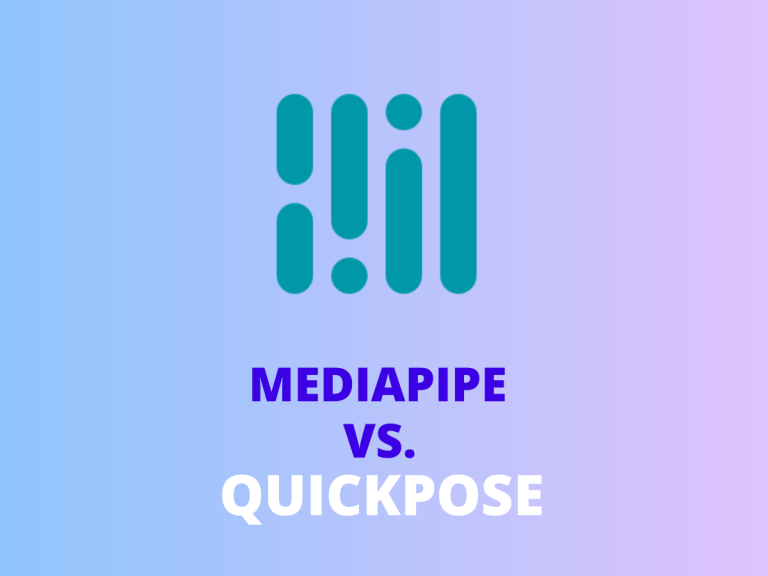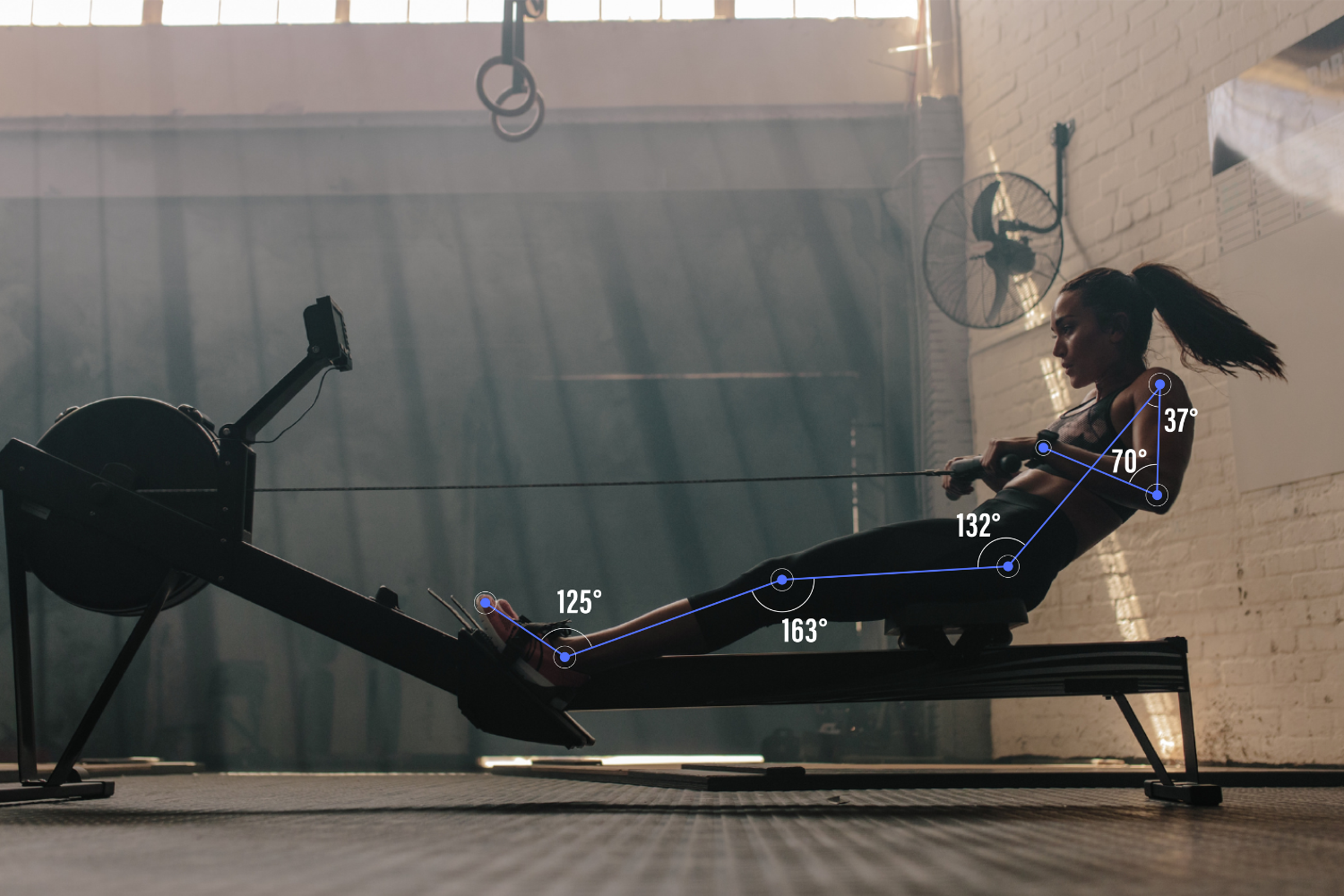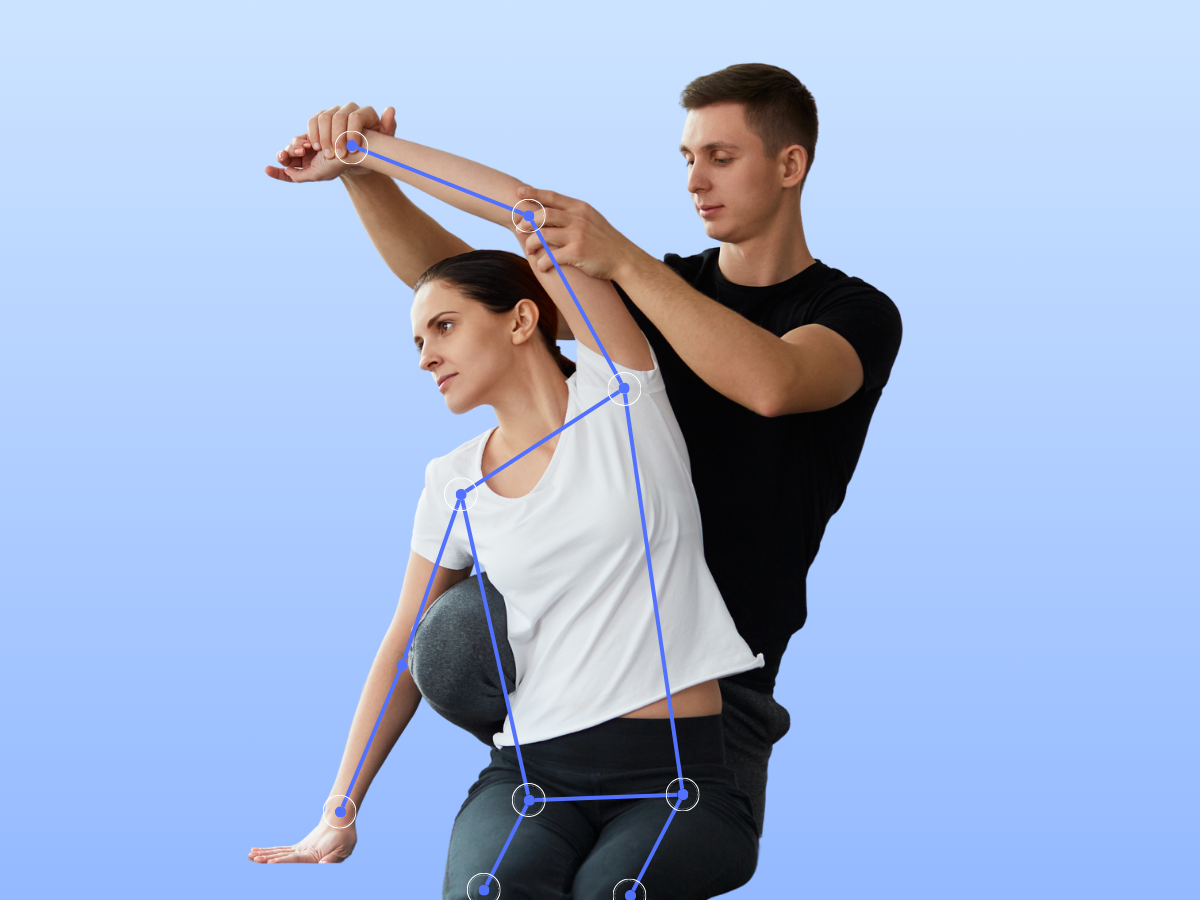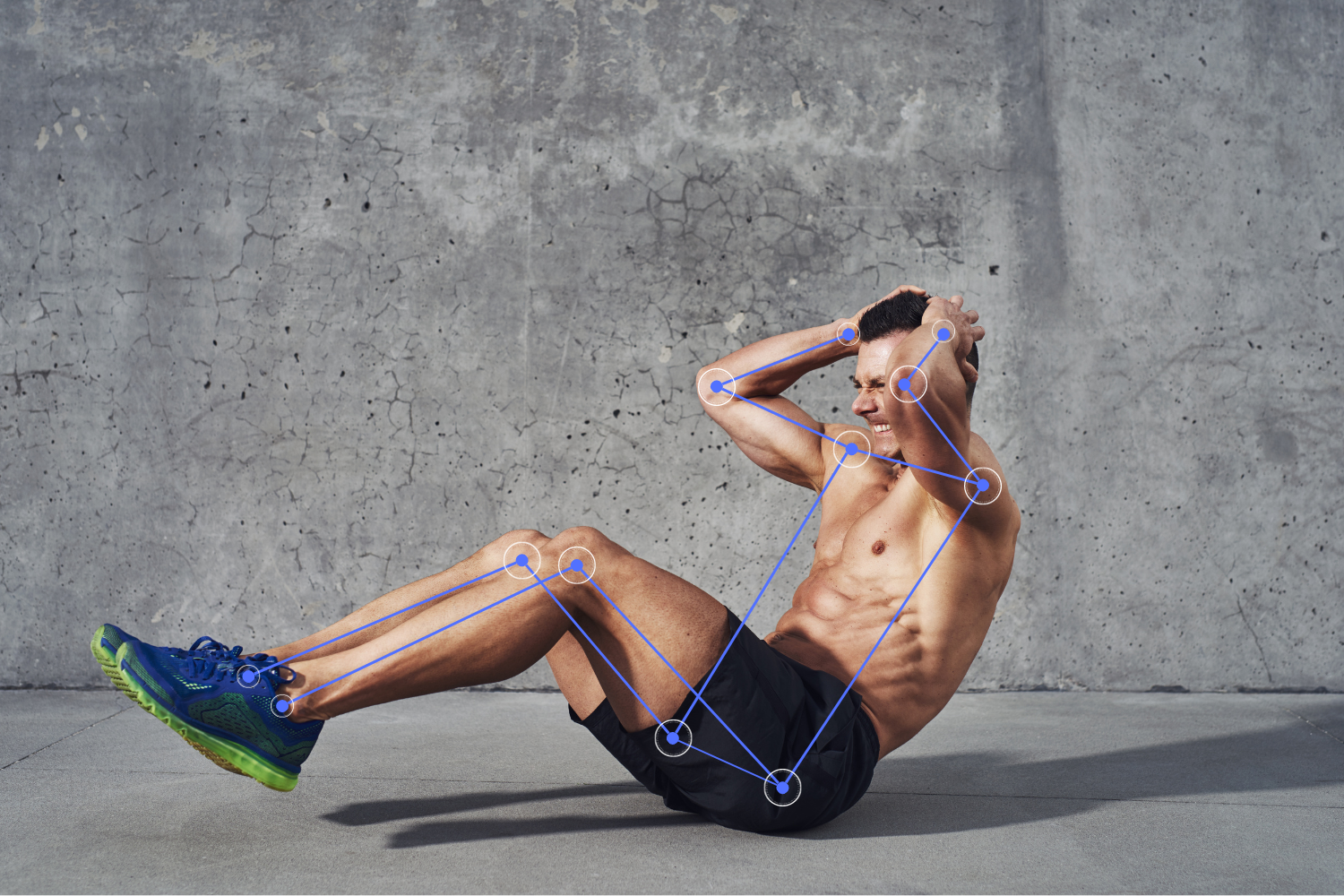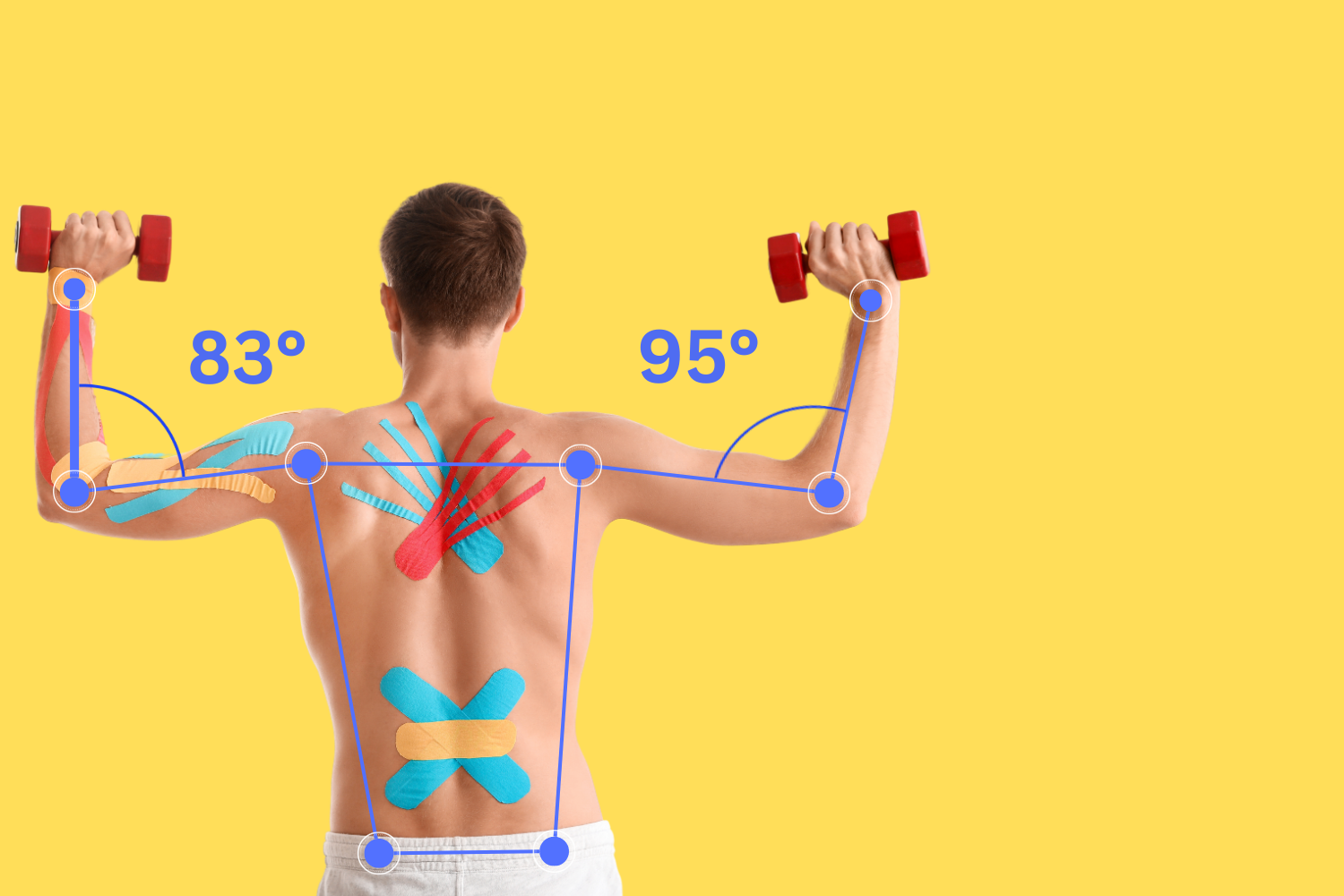MediaPipe Vs YOLOv7: A Comparison of Pose Estimation Tools
YOLO (You Only Look Once) is a popular Computer Vision algorithm used for real-time object detection and other ML tasks. YOLOv7 is the 7th version of the algorithm, with each update promising faster and more reliable results.
When comparing YOLOv7 and MediaPipe for human pose estimation, there are several key differences to consider:
- YOLOv7 Pose is a single-stage, multi-person pose estimation model that deviates from conventional 2-stage pose estimation algorithms.
- MediaPipe tracks the person once detection is confirmed, while YOLOv7 performs detection on each frame, resulting in lower FPS compared to MediaPipe.
- YOLOv7 works on multiple persons, whereas MediaPipe is limited to single-person pose estimation.
- The accuracy of YOLOv7 is reported to be better than MediaPipe.
- YOLOv7 has 17 pose points, while MediaPipe has 33 pose points, indicating a difference in the level of detail captured by each model.
Key Features of MediaPipe and YOLOv7
Feature | MediaPipe Pose | YOLOv7 |
Primary Use | Real-time, cross-platform framework for building multimodal (audio, video, time-series data) applied ML pipelines. | Object detection with a focus on real-time processing and high accuracy. |
Technology | Built on TensorFlow and C++, supports various ML solutions for tasks like face detection, hand tracking, and pose estimation. | Based on the Darknet framework, it’s an evolution of the YOLO (You Only Look Once) series for efficient and accurate object detection. |
Performance | Optimised for real-time applications on both mobile and desktop, with specific solutions tailored for performance (e.g., lightweight models for mobile). | Known for its balance between speed and accuracy in object detection, making it suitable for real-time applications. |
Ease of Use | Provides pre-built models and solutions that are easy to integrate into applications with extensive documentation and community examples. | Offers pre-trained models with the ability to fine-tune on custom datasets. Requires understanding of neural networks for customisation. |
Community Support | Strong community support with extensive documentation, tutorials, and active forums. | Large and active community, especially in the context of research and development in object detection. Extensive resources for learning and troubleshooting. |
Customisation | Generally used with provided models for specific tasks. | Highly customisable in terms of training on custom datasets, modifying network architecture, and tuning for specific requirements. |
Platforms | Supports deployment on a wide range of platforms including Android, iOS, desktop, and web. | Primarily used on desktop environments but can be adapted for mobile and edge devices with some optimisations. |
Use Cases | Ideal for applications requiring real-time processing of multimedia content, such as augmented reality, gesture recognition, and interactive applications. | Best suited for applications needing robust and fast object detection, such as surveillance, autonomous vehicles, and image analysis applications. |
This table provides a high-level overview of both MediaPipe and YOLOv7, highlighting their strengths and typical use cases. Depending on your specific needs, you might prefer one over the other. MediaPipe is versatile for multimedia processing, while YOLOv7 shines in the domain of object detection with its speed and accuracy.
Need help building an AI project?
At QuickPose, our mission is to build smart Pose Estimation Solutions that elevate your product. Schedule a free consultation with us to discuss your project.
- MediaPipe, by Google, offers basic pose estimation but requires significant user processing.
- QuickPose enhances MediaPipe with pre-built features, simplifying app development.
Effortlessly Integrate Pose Estimation into Your Mobile Apps with QuickPose
Accurate Pose Estimation
Customisable Output
Fast Processing
Scalable
Pre Built Models
Open-Source Framework
Add our QuickPose iOS SDK into your app in two ways
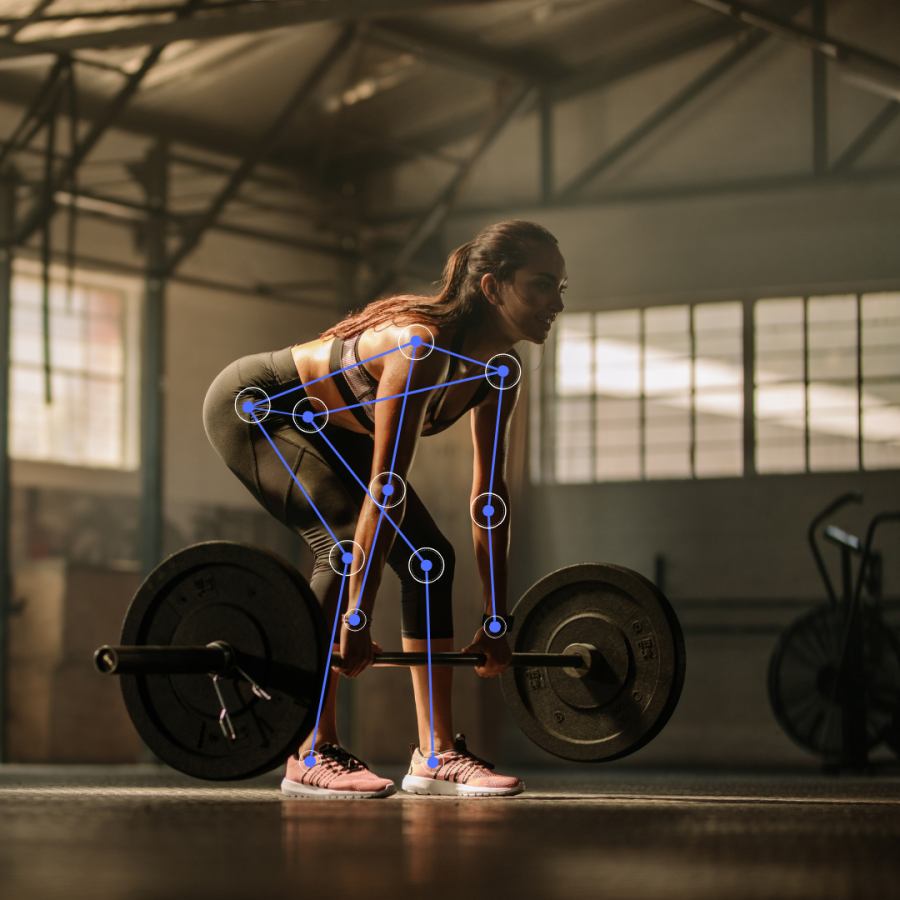
How QuickPose can be used
Build yourself with our GitHub Repo
Integrate QuickPose using our GitHub Repository and our documentation.
Add QuickPose with our Integration Team
Book a consultation to discuss your use case and capabilities.
